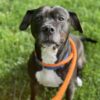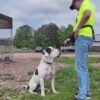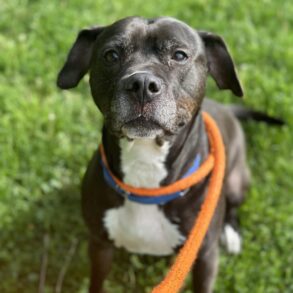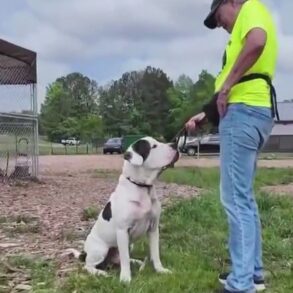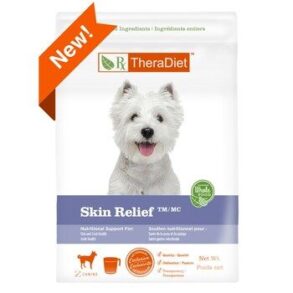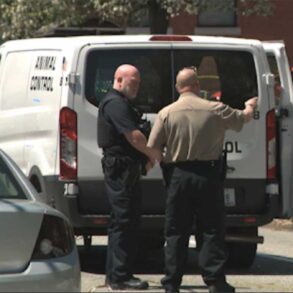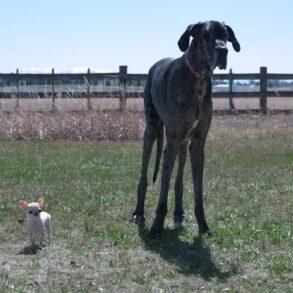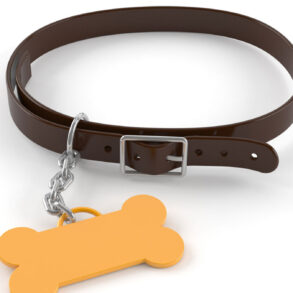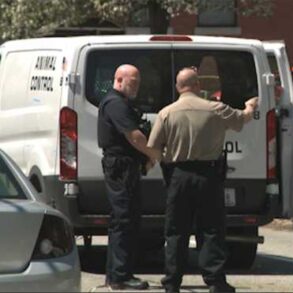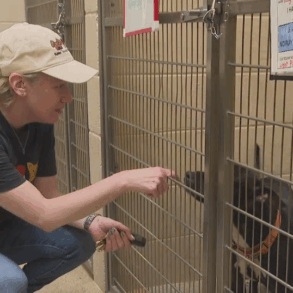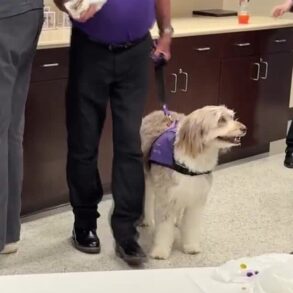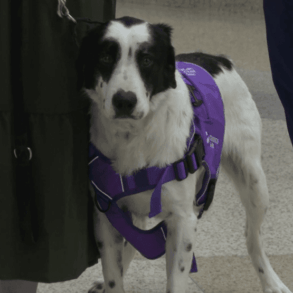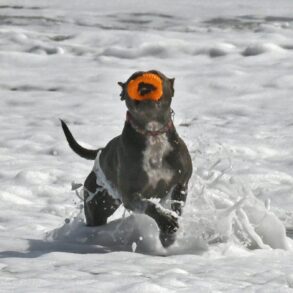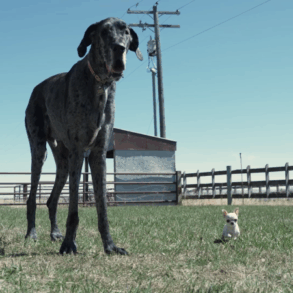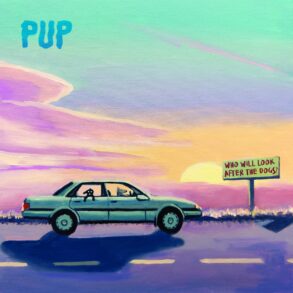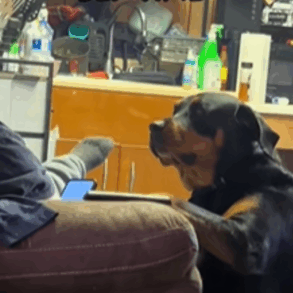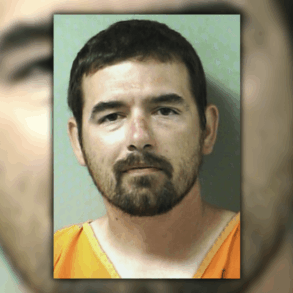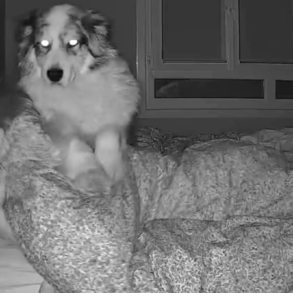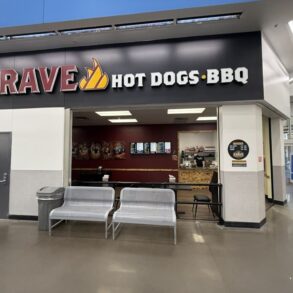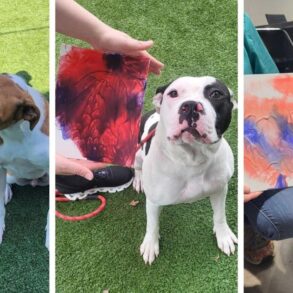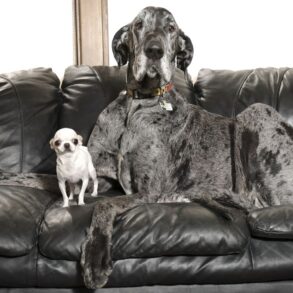When a trembling dog was placed in my arms in the early hours of a December Saturday I was not too concerned by her terrified state. After all, I knew about rescue dogs. Cabbage, our lovely collie cross who had died at the beginning of the year, had come from a Dogs Trust rescue centre 15 years earlier, and had also been pretty nervous at first. I was confident that Sophie, a one-year-old of indeterminate breed (but with a lot of German shepherd), brought to us on a van from Romania, would, like Cabbage, quickly settle down in her new home. How wrong I was.
Our new dog seemed frightened of my wife and I, and our house, and desperately searched for the smallest space she could find, eventually settling behind a sofa. The next morning, I was keen to restart the early dog walks which had been a key feature of my exercise regime since I was diagnosed with Parkinson’s in 2019. But Sophie was going nowhere.
When we took her into the garden just to get her used to the idea of a walk she crawled under a seat, then dug her heels in when we attached a lead to her collar. For the first six months she spent 90% of her time in her safe place, always hiding there when visitors came to the house. Things only began to improve when our vet prescribed her a drug called fluoxetine, otherwise known as Prozac, but it still took more than a year for us to get her beyond the garden for a walk. Even today, more than two years after she arrived, Sophie remains a nervous creature, scared of crowds and terrified of small children.
What I have learned is that you cannot expect a rescue dog, particularly one from abroad, to fit the template of the family pet you have imagined. Going for a walk, for instance, may be something you enjoy but it may be a completely alien concept to a dog.
We knew pitifully little about the pet we chose from the website of a UK-based Romanian couple, who were extremely helpful, even offering to take Sophie back, but perhaps a little optimistic in their description of her as a dog who “loves everybody and is just looking for her forever home”.
We did know that she was among a litter of puppies found by a vet abandoned by the roadside and then handed to the vet’s father who had kept them in his barn. They appeared not to have been mistreated but knew only the barn and the old man. They had not been socialised.
But here’s what is aggravating – two of Sophie’s siblings later came to the UK and settled down far more easily, never showing the same level of anxiety, despite having spent longer in the Romanian barn than their sister. It is very hard to predict how a dog will turn out but you can prepare yourself by spending far more time than we did getting to know the animal. For most people, that will mean meeting the dog beforehand. That will be difficult if you are looking to bring in a pet from overseas, although some dogs are fostered on arrival in the UK, giving them time to acclimatise in the homes of experienced people before being offered for sale.
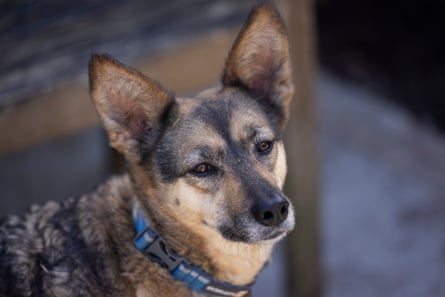
Sophie – and our wonderful dog behaviourist Si Wooler – have taught me another key lesson. I have never been particularly patient, but despite my initial horror when people told me it could take months, even years, for Sophie to settle, I have learned, as Si puts it, to move at the pace of the dog.
That has meant giving some things up. I realised at Christmas that I had not been abroad once in 2024, the first year in decades that my passport had remained in a drawer. And Sophie has made us temporarily antisocial. Since coming out from behind the sofa, she has guarded our front door, barking furiously at anyone who dares come to the house. But in March we had our first dinner party in more than two years. Following the usual slightly panicky “get out of my house” welcome, Sophie came and sniffed them and settled down, while prospecting for the odd crisp.
It was a reminder of how far we had come. Sophie may never be what I thought of as a “normal” dog before she arrived but, after all the struggles and setbacks, she is making progress and every day seems to trust us a little bit more. When she first gave me her paw, my heart melted. In the end, there is a simple truth about our rescue dog – she’s beautiful and we love her. That’s all that matters.
This post was originally published on this site be sure to check out more of their content.

